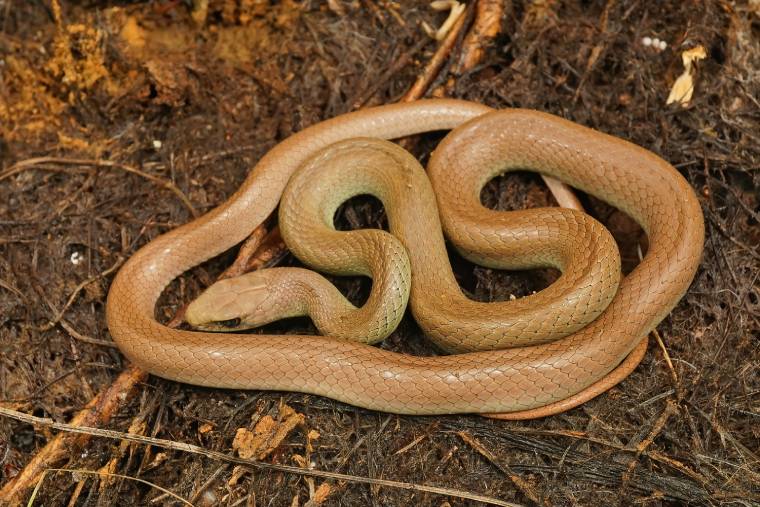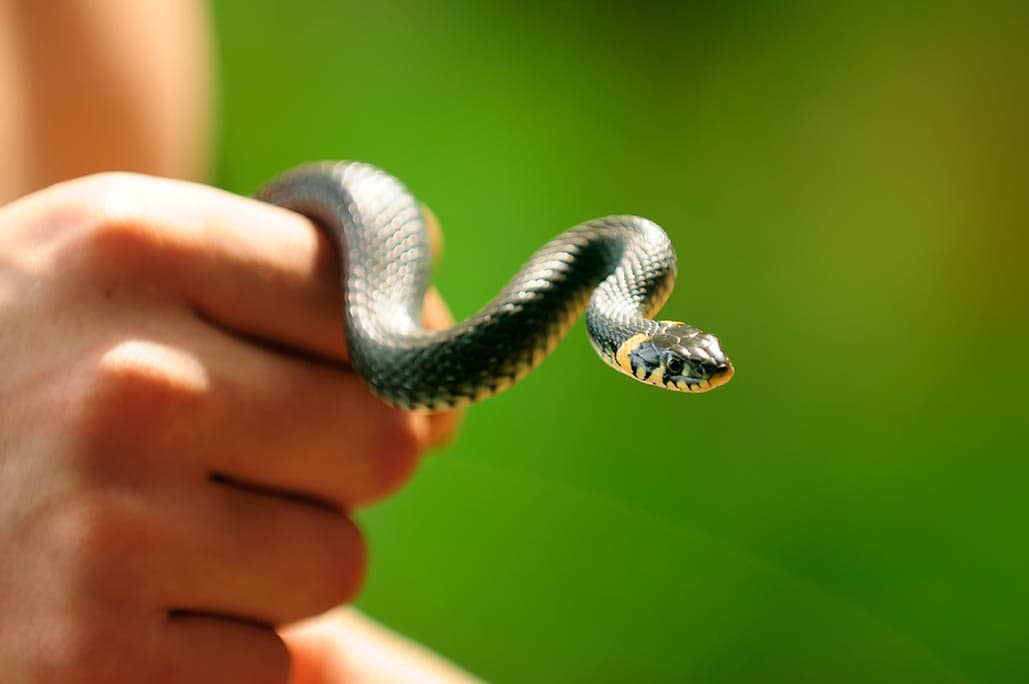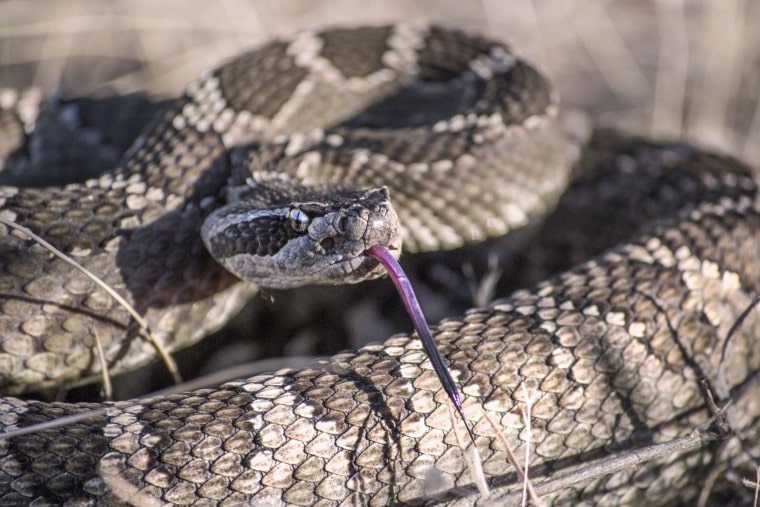
Snakes may have similar body plans, but they are among the most diverse species on earth. So with nearly 3,000 snake species worldwide, it’s unsurprising to find these reptiles in varying sizes and diets.
However, one thing that’s caught most people by surprise is that snakes vary in their reproduction as well. While you may have always thought known that all reptiles lay eggs, some snakes actually give birth to live young, just like mammals!
Yes, there’s more to how snakes reproduce. Keep reading to know how this is possible and what snakes give birth to live young.
How Snakes Reproduce: Oviparous, Viviparus, and Ovoviviparous
There are three distinct methods of a snake’s reproduction method. They all vary depending on the snake species. They include:
1. Oviparous
Most snakes are oviparous, which means that they reproduce by laying eggs. Therefore, the snakes must incubate and keep the eggs warm until the hatchlings emerge from the shell.
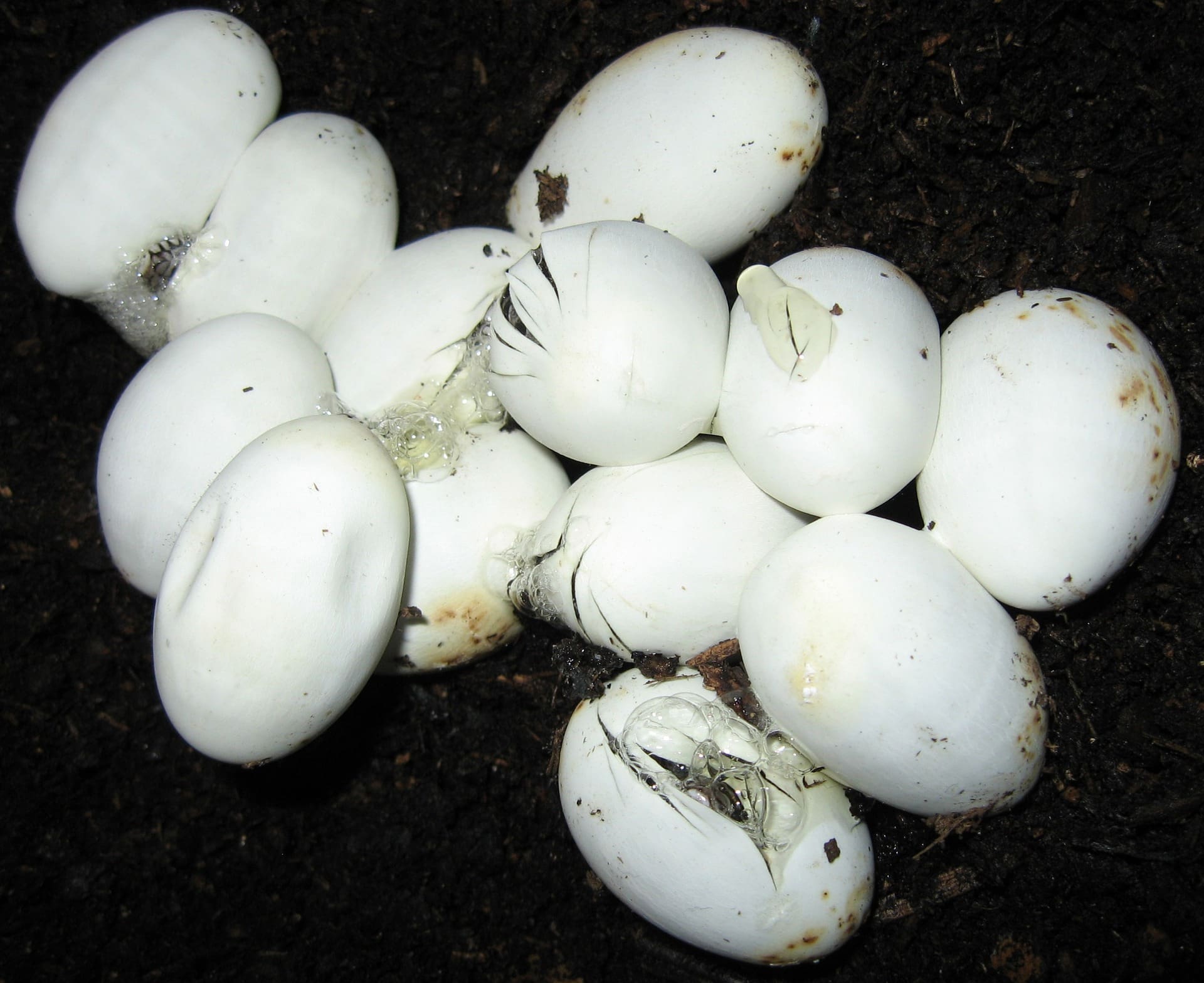
2. Viviparous
Viviparous snakes give birth to live young. There are no eggs involved at any stage of development.
In this case, the snakes nourish their developing young via a placenta or yolk sac, something that’s unusual among reptiles.

3. Ovoviviparous
You can think of ovoviviparity as a “cross” between an egg-laying snake and one that has live births. Ovoviviparous snakes develop non-shelled eggs inside their bodies, where the young develop from. But the young ones are usually born alive without the eggs or eggshells because they remain inside the mother.
It means that the eggs hatch inside the mother, and the baby snake emerges with no shell. Amazing!
 The 11 Snake Species That Give Live Birth
The 11 Snake Species That Give Live Birth
1. Sea Snakes

Sea snakes belong to the Elapidae family of snakes alongside snakes like cobras, mambas, and adders, although Elapids generally lay eggs.
These snakes live underwater and rarely or never visit the land. Unfortunately, snake eggs won’t incubate and develop underwater, so most sea snakes incubate inside their bodies.
The Krait is the only sea snake species that lay eggs. It visits land to mate, digests its food, and lay eggs.
2. Rinkhals
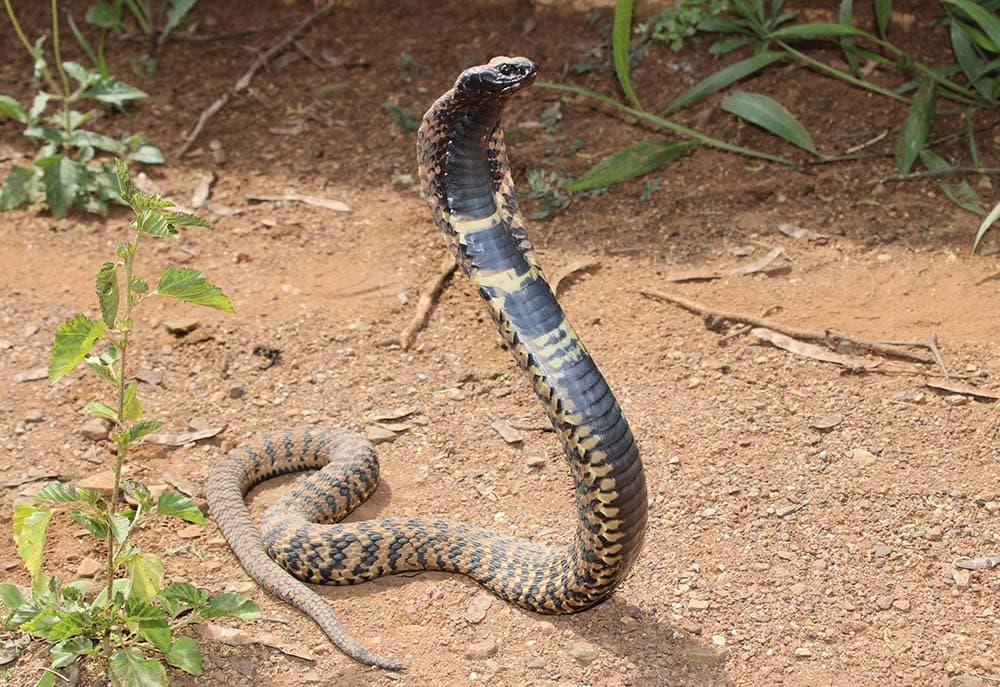
These snake species are also known as ring-necked spitting cobras. Although Rinkhals are related to egg-laying cobras, they are ovoviviparous.
They probably developed this reproduction method due to their incredible self-defense mechanism. Predators would have to face mother Rinkhal to get her eggs, and they know better not to.
3. Vipers and Pit Vipers
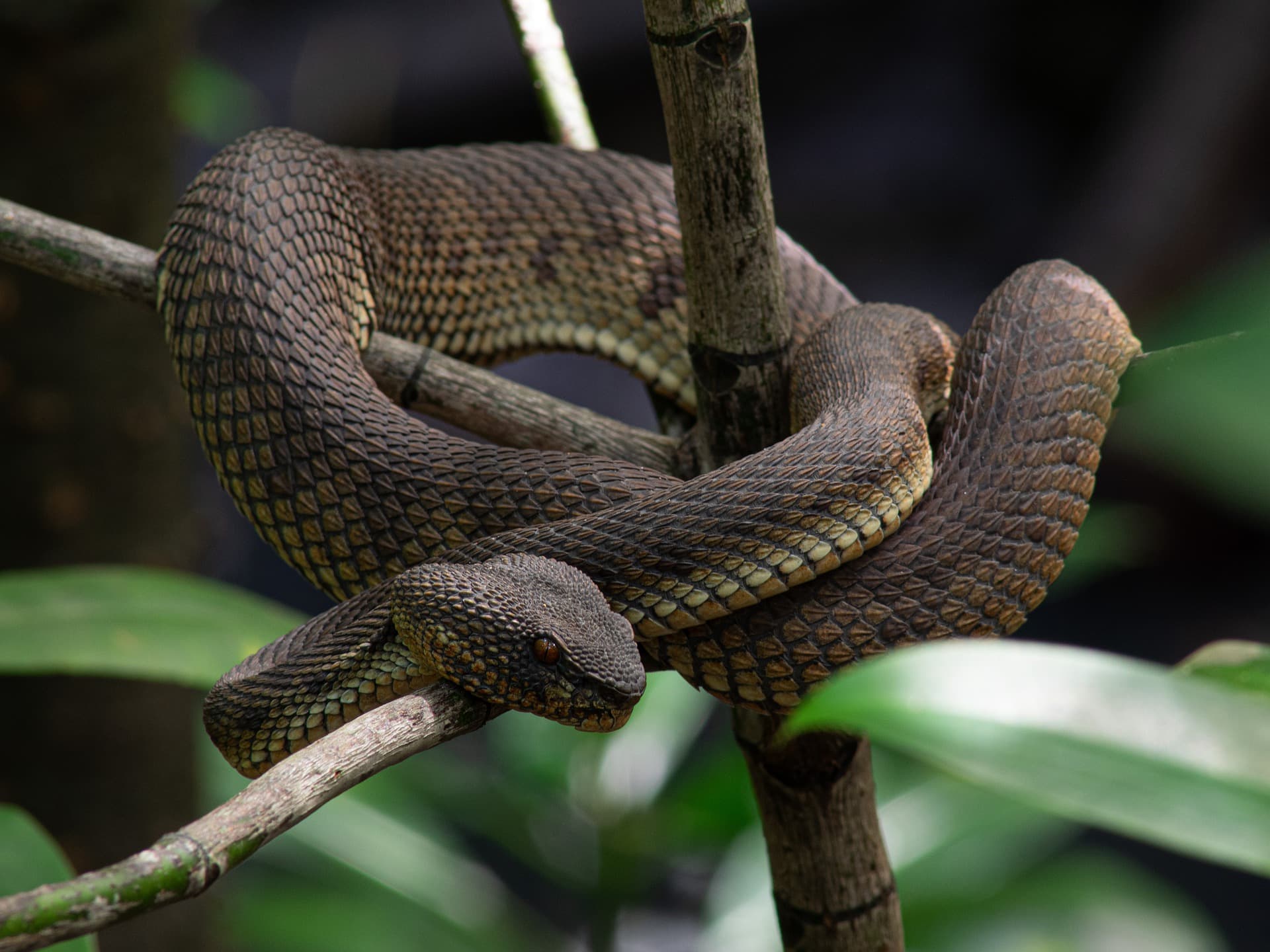
Most vipers and pit vipers, except a few snakes like the bushmasters, are livebearers. These snakes are native to Asia, Africa, Europe, and Central, North, and South America.
Vipers and pit vipers are all venomous reptiles. They also prefer environments with a cool climate.
4. Water Snakes
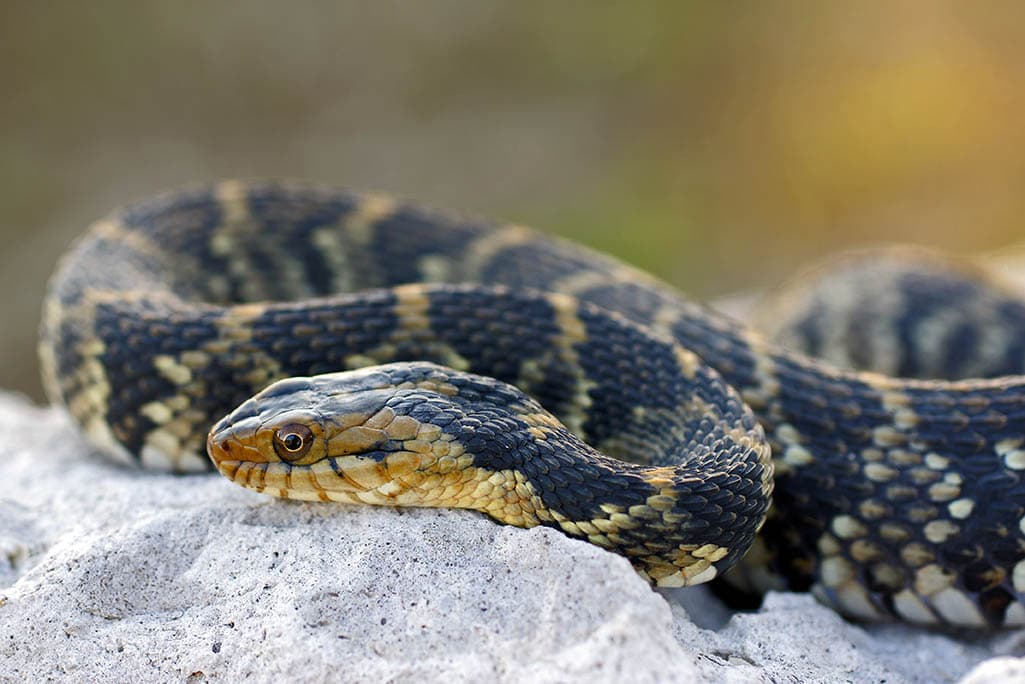
The Colubrid family of snakes typically lays eggs. Water snakes, rat snakes, and garter snakes are some of the members of the large colubrid family.
Water snakes are among the few members of the colubrid family that give birth to live young. They are viviparous, which means their young meet all requirements for development inside the placenta or the yolk sac.
Water snakes live in wet regions like freshwater ponds and swamps, the most likely reason they adapted to this reproduction method.
Otherwise, it would have been risky and hard to find a dry and warm place to lay and develop their eggs. In addition, snake eggshells are thin, so it’s easy for them to drown.
5. Garter Snakes
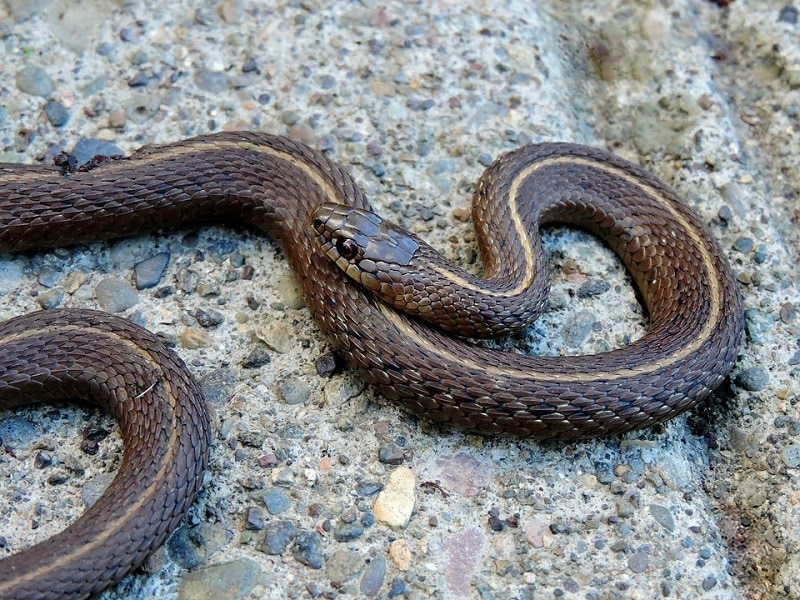
Here is another snake species that gives birth to live baby snakes. Garter snakes are ovoviviparous reproducers and a member of the colubrid family.
These snakes have an interesting reproductive cycle as swarms of males are usually attracted to the same female during the mating season. This creates a kind of a massive breeding ball, hosting up to 25 males for one female!
That’s not all, as the females are capable of storing sperm for years. They release the sperm to fertilize their eggs only if the living conditions become favorable.
Mother Garters give birth to between 3 and 80 baby snakes and usually stay pregnant for 2 to 3 months.
6. Boa Constrictors

Boa Constrictors, just like other Boas except for the Calabar Boa snake, are livebearers. Baby snakes develop inside their mother’s body for about 4 to 5 months before the mothers give birth to a litter of around 10 to 60 neonates.
However, unlike the other Boas who developed this method, possibly due to their predecessor’s living conditions, no one knows why Boa Constrictors are viviparous.
7. Some Elapids

Elapids such as cobras, kraits, coral snakes, and their relatives lay eggs. However, others like Acanthopis, also known as Death Adders, give live birth like sea snakes.
8. White-lipped Snakes

White-lipped snakes are sub-species of elapid snakes. They should be reserved for experienced owners because of their temper.
These snakes are small in nature and viviparous. White-lipped snakes may have evolved to give birth to live young because of the freezing conditions in which they live.
9. Anacondas
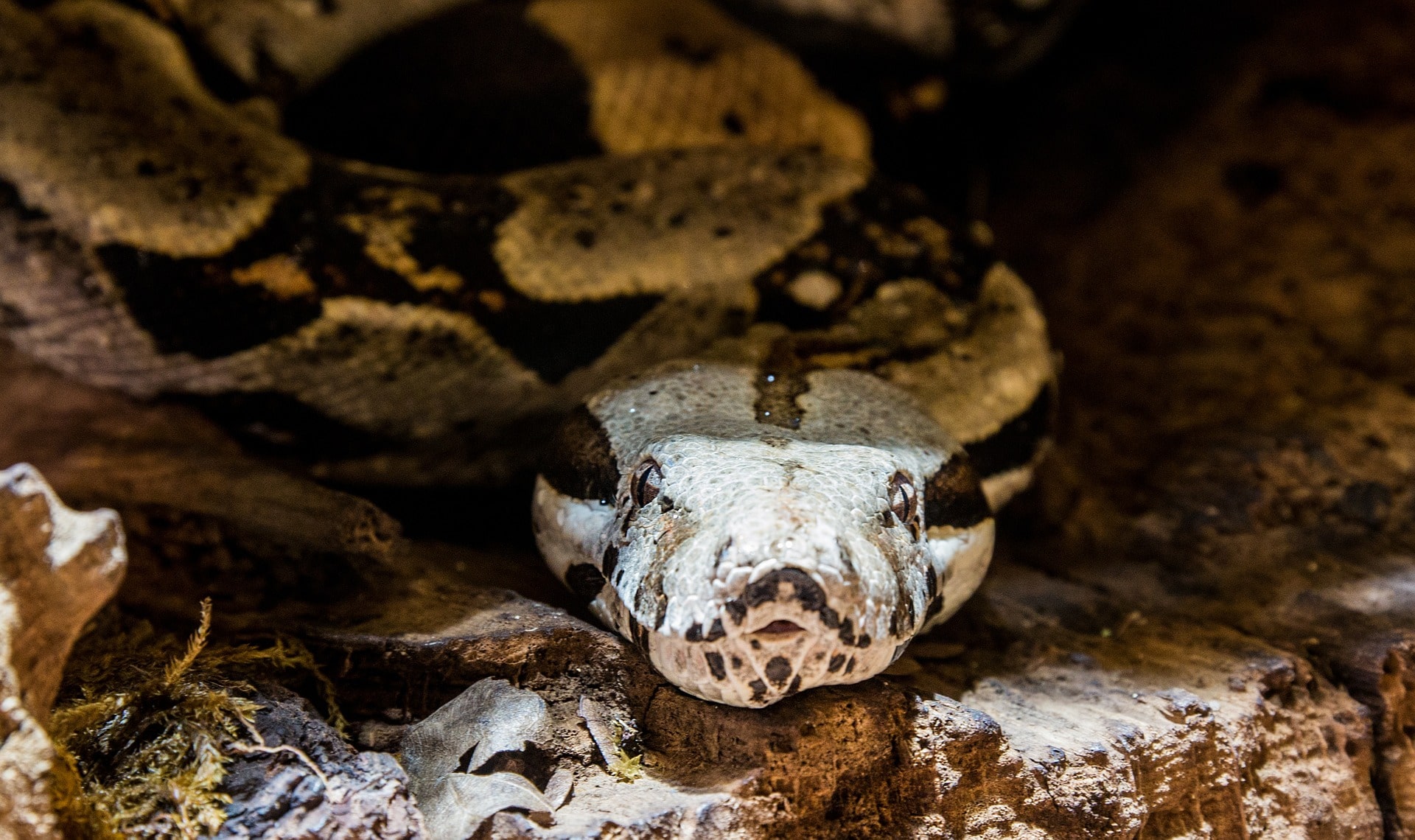
All species of Anaconda, from the yellow Anaconda, green Anaconda, darkly-spotted Anaconda, and the Bolivian Anaconda, reproduce live young ones. Thus, they are viviparous, just like their Boa cousins.
Anacondas may have developed this method due to their predecessor’s environment. This birthing method favors these snakes because they are aquatic.
Plus, they are fierce, so any predator such as opportunistic birds and critters who feed on Anaconda eggs would have to face a pregnant Anaconda mother to reach the eggs.
10. Amazon Tree Boa

The two Amazon Tree Boa subspecies, Corrallus hortulanus hortulanus and Corallus hortulanus cookii, give birth to live young that are independent of their mothers.
The former subspecies are native to Amazon and Southeastern Brazil, while the latter lives in South Central America, Venezuela, and Colombia.
These snakes become sexually mature at around 3 years old and have a 6-8 month gestational period.
11. Rattlesnake

Rattlesnakes are ovoviviparous, which means that the mother incubates the eggs inside her body before giving birth to live baby snakes.
These snakes probably developed this form of reproduction because they are very poisonous and defensive. Therefore, the eggs stay inside her rather than in a nest so that no one messes with them.
Final Thoughts
Generally, reptiles are egg-layers. This suggests that these snakes only developed to give birth to live young to achieve better neonatal survival rates. Predation, cold temperatures, lack of dry and warm land, and scavenging are some of the conditions that caused them to evolve. These snakes are a real-life example of evolution at its best and what survival for the fittest can help achieve.
Featured Image Credit: Pixabay

 The 11 Snake Species That Give Live Birth
The 11 Snake Species That Give Live Birth